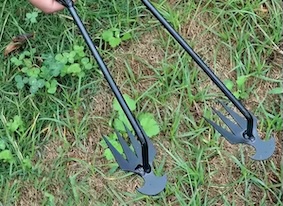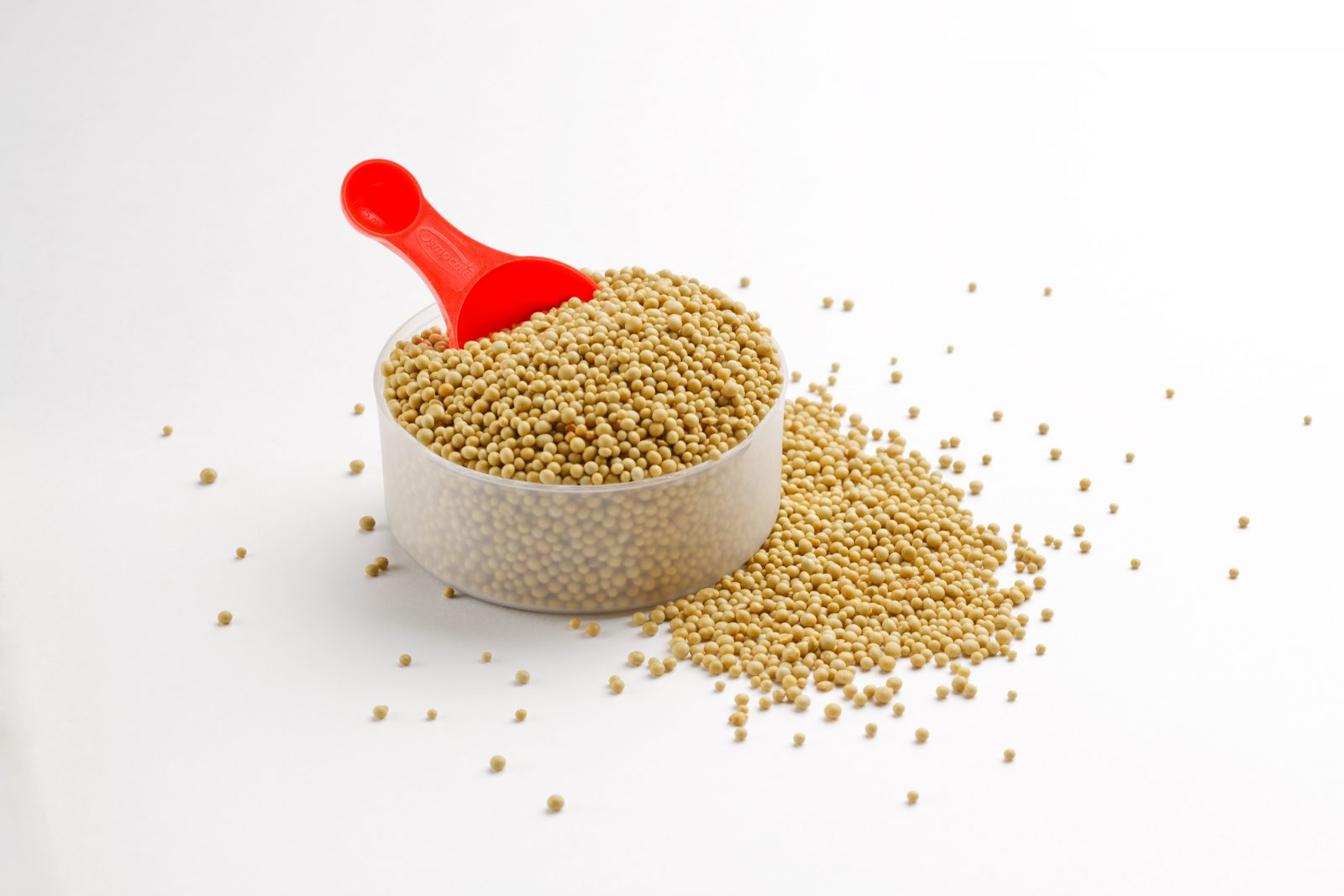Sugar Cane
Views: 452

Sugar cane—is it a vegetable? Or since it’s sweet, maybe it’s a fruit? It’s neither—it’s simply a grass. But it’s edible, so that gives me permission to devote one edition of Just Veggies to this tropical crop.
If you’re like me, you’ve never really given sugar cane a second thought. Sugar, yes. Sugar cane, no. You can buy sugar cane in some grocery store produce departments, true. But it does not grow anywhere near where I live. And when I do think of sugar cane (again, mostly never) I never imagine it as something other than a commodity crop.
The truth is that sugar cane is like any other agricultural crop. It, too, has varieties that do quite well in home gardens. Many of these are the heirloom varieties that not only produce sweet juice, but are also quite beautiful in a home landscape and can be used as wind breaks and privacy screens. Beautiful and edible? Sounds worth the while.
Sugar Cane Basics
Sugar cane (Saccharum officinarum) is a tropical grass native to Southeast Asia. It’s a sun-loving hardy perennial in USDA Zones 9-10, so not a large swath of the country. But if you have a warm summer, you can attempt to grow sugar cane in containers. Just bring those containers into a shed or basement for winter, or you can simply grow it as an annual and be done with it when it’s killed by the first frost. And since it can grow 15 ft. tall or more over the course of the summer, you’ll have plenty of biomass to harvest and transform into sugarcane juice.
Planting Sugar Cane
Planting sugar cane is as simple as inserting segments of sugar cane into well-draining soil or soilless mix in a container. These cane segments (which you can purchase online if you don’t have a local source) have nodes. These nodes have growing points from which vegetative growth will sprout.
If planting in the ground, dig a hole or trench 18 inches deep and place the cane segment at the bottom. Cover that cane with soil by a few inches but don’t fill in the hole. Sprouts will emerge and grow upward. You can fill in the hole gradually as the sprouts grow taller. The reason it’s planted in a deep ditch is to anchor that growing clump of tall grass stalks firmly into the ground. If planted too shallowly, the clump could blow over.
If planting in containers, use a large heavy pot with a sturdy form that wouldn’t easily tip over.
Growing On
Plant your sugar cane so it gets plenty of direct sun. Keep it well watered as it has plenty of foliage from which it loses water. Fertilizing sugar cane is possible but not completely necessary. It would benefit from a plant food that is higher in nitrogen since it puts out so much foliage. Pests are minimal, too, but do keep an eye out for boring and sucking insects, which could damage stalks and suck out all that good juice you’re hoping to harvest later on.
Because sugar cane has a tall, grassy habit that looks like bamboo, many think sugar cane can spread and be a nuisance. That’s not the case, and it does not spread by rhizomes. What does happen, though, is spread by the tall canes bending or snapping downward beyond the clump. If a node lands on the ground, it will put forth some growing points and take root there, creating a new clump a few feet away.
Getting the good stuff—the juice—from the cane is a simple as snapping off a leaf and chewing. For sharing, you’ll need to run the leaves through a specialized grinder. Once that liquid is extracted, drink the juice as is or boil it down a bit to create a syrup.
Meet Ellen Wells
When you’re raised on a farm, you can’t help but know a thing or two about gardening. Ellen Wells is our expert on edible gardening.…







